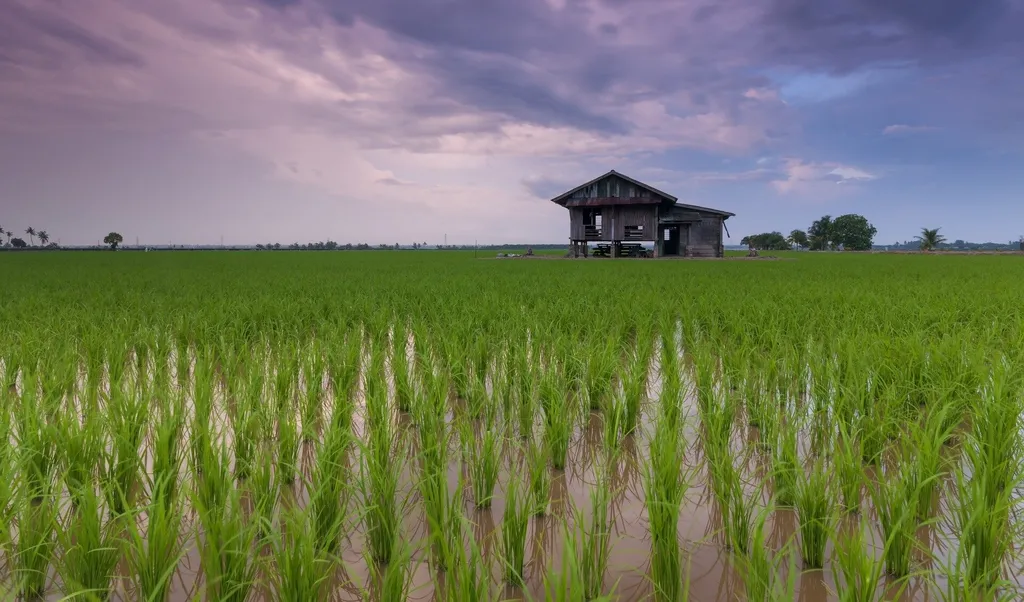In the heart of Spain’s Marismas del Guadalquivir, a groundbreaking study is reshaping how we monitor and manage one of the world’s most vital crops: rice. Led by Rubén Simeón of the Centro Valenciano de Estudios Sobre el Riego (CVER) at the Universitat Politècnica de València, this research leverages machine learning and satellite imagery to accurately identify rice varieties, a feat that could revolutionize precision agriculture and global food security.
The study, published in the journal *Agriculture* (translated to English as “Agriculture”), addresses a pressing need in the agricultural sector: the accurate identification of rice varieties. This is crucial for maintaining varietal purity, planning agricultural activities, and enhancing genetic improvement strategies. With climate change and limited arable land posing significant challenges to global food security, the ability to monitor and manage crops more effectively has never been more important.
Simeón and his team utilized multitemporal Sentinel-2 images to collect spectral reflectance data from ten bands, including visible, red-edge, near-infrared, and shortwave infrared regions. The data were collected at two key phenological stages: tillering and reproduction. The models were trained on pixel-level data from the growing seasons of 2021 and 2024, and evaluated using a test set from 2022.
Four classifiers were compared: random forest, XGBoost, K-nearest neighbors, and logistic regression. The performance of these models was assessed based on accuracy, precision, recall, specificity, and F1 score. The results were striking. Non-linear models outperformed linear ones, with the Random Forest classifier achieving the highest performance during the reproduction phase, reaching an exceptional accuracy of 0.94 using all bands or only the most informative subset (red edge, NIR, and SWIR). This classifier also maintained excellent accuracy during the initial tillering phase, demonstrating the potential for reliable varietal mapping early in the growing season.
“This study shows that machine learning can be a powerful tool for precision agriculture,” Simeón explained. “By accurately identifying rice varieties at different growth stages, farmers and agricultural managers can make more informed decisions, leading to better crop management and ultimately, improved food security.”
The implications of this research are far-reaching. For the energy sector, which often intersects with agriculture through bioenergy production, the ability to monitor crops more effectively can lead to more sustainable and efficient practices. Accurate varietal mapping can help optimize the use of resources, reduce waste, and enhance the overall productivity of agricultural lands.
Moreover, the study’s findings could pave the way for similar applications in other crops and regions. As Simeón noted, “The methods we’ve developed are not limited to rice or this specific region. They can be adapted and applied to a wide range of crops and agricultural settings, making them a valuable tool for the global agricultural community.”
In conclusion, this research represents a significant step forward in the field of precision agriculture. By harnessing the power of machine learning and satellite imagery, Simeón and his team have demonstrated the potential to transform how we monitor and manage our crops, ultimately contributing to a more sustainable and food-secure future. As the world grapples with the challenges of climate change and limited arable land, innovations like these are more important than ever.

